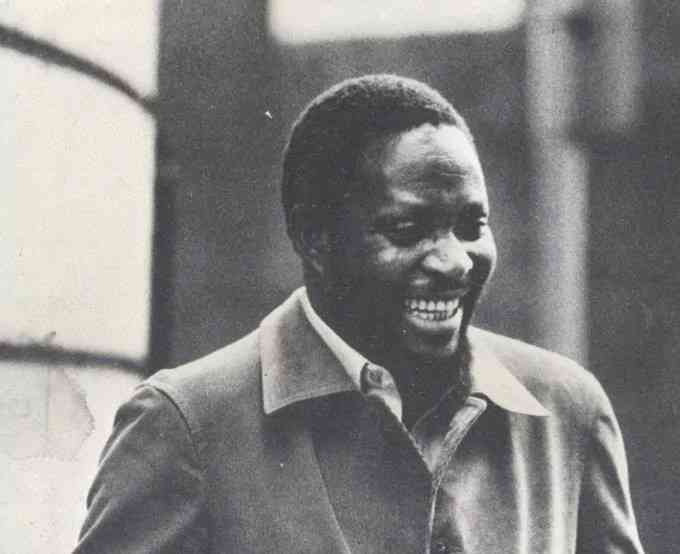
IN the spirit of cultural diplomacy, Zimbabweans have become brand ambassadors and the vehicle for achieving the country’s tourism culture.
Locally and in the diaspora, the Zimbabwean identity is known for unity and ethics. Zimbabwean trivia is a fascination with families, totems and brands.
History and many facets add up to fully describe who Zimbabweans are, a people with 16 official languages and 10 provinces.
In boardrooms across the world their voice is heard.
The Zimbabwean voice is leadership.
The economic situation has not been favourable but there is optimism of a massive wealth transfer.
Past struggles shall not be remembered, our moral fabric must be restored. Power is in a name, and there is power in the name Zimbabwe.
The key message is this: A better Zimbabwe, a more confident Zimbabwean.
- Mavhunga puts DeMbare into Chibuku quarterfinals
- Bulls to charge into Zimbabwe gold stocks
- Ndiraya concerned as goals dry up
- Letters: How solar power is transforming African farms
Keep Reading
According to Josiah Magama Tongogara, the fight was not racial but against a system of oppression.
Forty-Four years after the country’s Independence in 1980, there is now a gold-backed and structured currency, the Zimbabwe Gold (ZiG).
Zimbabweans have embraced the gold-backed currency and said “ZiG imari yedu”, meaning ZiG is our currency.
Currency is the flagship brand of a nation.
The ZiG is a major branding element for Brand Zimbabwe as a country.
To further support the national brand, a need arises to follow in the footsteps of nation and city branding for Zimbabwe, cities and towns; using case studies of New York and Melbourne.
New York city, USA
“I love NY” - one of the most Iconic Logos by Milton Glaser. In 1977, New York City was on the brink.
They faced huge financial insolvency; employment challenges and crime ran wild.
Unions across the city ran a campaign called “welcome to fear city” that scared off tourists and told all that they should “stay away from New York City of you possibly can.”
By 1978, New York City possessed what was to become one of the world’s most renowned brands and the brand was credited with more than tripling the state’s visitors spending revenue.
Recently, New York City
“NYC”, The NYC mark by Wolf Olins, a creative powerhouse, provides a window onto the city.
The Kaleidoscopic nature (complex mix) of the logo is used to showcase the city and its diversity.
Numbers confirm it was a success.
“In 2007, the year following the launch, there was a 13% increase in visitors, resulting in 370 000 more jobs for the city. 2008 became a record year with 47 million people visiting the city, generating $33 billion in visitor spending.”
Melbourne, Australia
“M”, the city branding was created by the agency, Landor. It is memorable yet flexible.
Lord Mayor Robert Royle said “the ‘M’ design will become iconic for Melbourne, synonymous with the modern, vibrant, cool city Melbourne is today and will be in the future.”
Co-branding
These involve a new look and feel for both residents and visitors in successful towns and cities.
When a huge city, such as New York continues to invest in their branding you know it is important to attain a world class city status.
Zimbabwe Brand Association is establishing provincial chapters in line with devolution and setting a benchmark.
As one of the starting points, Zimbabwe Brand Association is suggesting a simple brand partnership with the City of Harare to promote the regional Chapter.
This will help to associate Harare-based small business owners and small to medium enterprises (SMEs) in industry and commerce with the city and country through a co-branding campaign certified by the Brands Association Zimbabwe badge for health, safety and environmental standards in line with best practices in branding.
- Chikwenhere is the author of Affirmative 21 Laws How to Confess. He is a brand strategist, image consultant and founder of Zimbabwe Brand Association. — [email protected].






